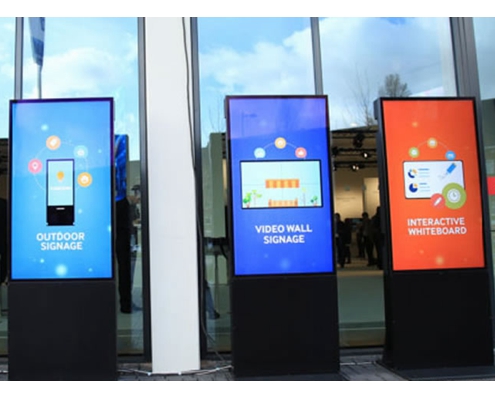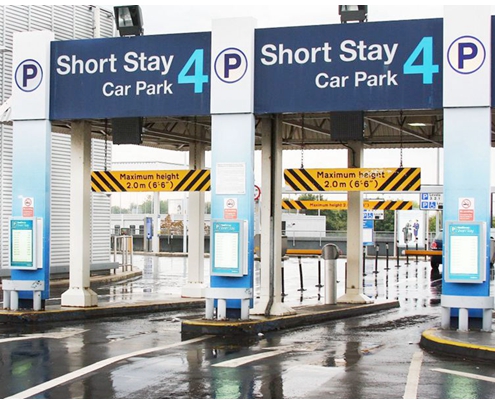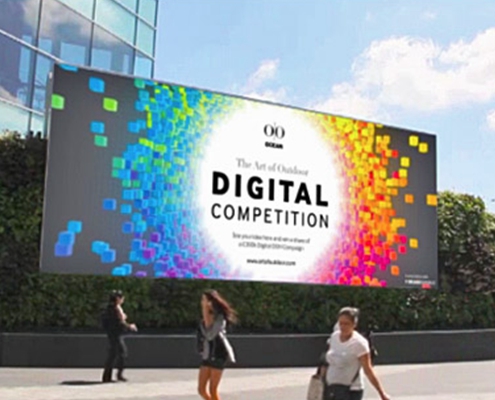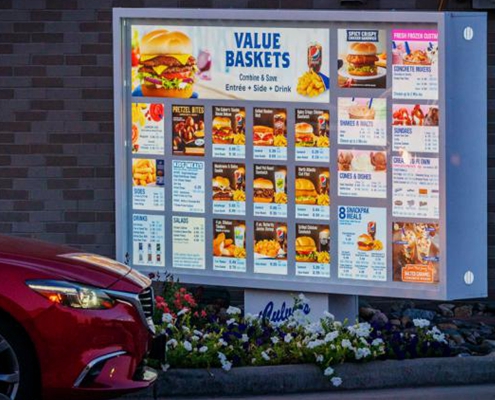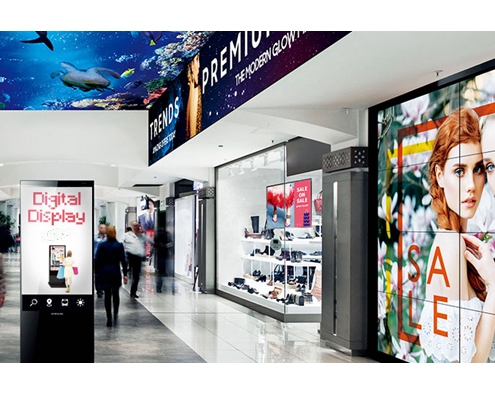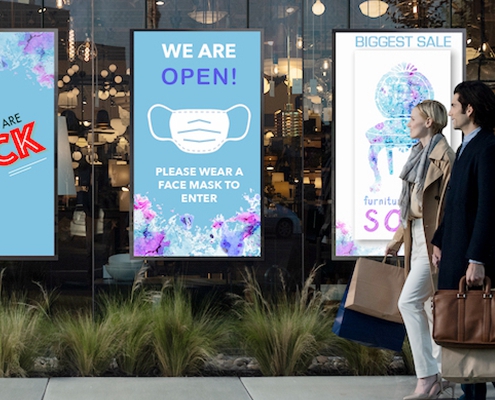Choosing a digital signage manufacturer is hard work. To help you navigate the market, this 5 step guide will help you to spot a reputable digital signage provider for your project, making your job a little less stressful…
A lot hinges on choosing a digital signage manufacturer to meet your project requirements. Your job is probably one of them, which is why selecting a digital signage provider is the single biggest challenge facing end-users.
Ah… what about cost, lead times, installation and return on investment you might ask? We’re not disputing these, but get your choice of provider right and these challenges won’t be an issue. These 5 steps will point you in the direction of the perfect (or near perfect) digital signage manufacturer.
#1 – Examine the evidence
Case studies are the currency of digital signage manufacturers. Proof that they can handle your project is a good start. Examine the evidence… what you’re looking for is variety, a mix of projects they have worked on – both big and small, plus indoor and outdoor digital signage projects.
This demonstrates that the digital signage supplier can provide a solution – regardless of the industry sector and the size of the project. Here’s a bonus tip – if a vendor is taking on smaller projects alongside bigger projects, it indicates that they will consult you on the best solution to fit your needs, rather than selling you a solution that best fits their profit margin.
It’s tempting to choose a vendor that purely specialises in providing solutions for your market sector. However, there’s no guarantee that this will work in your favour and with so much at stake, opting for the first supplier you see could be your downfall. Don’t get sucked in.
Equally, don’t flock straight to the industry’s big players. There’s much to be said for smaller firms that are ‘punching above their weight’ in a competitive market – disregard smaller suppliers at your peril!
#2 – Research the reputation
It’s a good sign if a digital signage manufacturer has been in business for a healthy number of years. It indicates that their market share is solid and their knowledge of costs and lead times are likely to be much more realistic. They will undoubtedly have a standout reputation as a result.
The mark of a good digital signage manufacturer is that their reputation is flourishing in more than one market. If demand for their solutions is hot overseas, it indicates that their way of doing business is strong, stable and trusted, which is a hard thing to cultivate.
#3 – Consider the choice on offer
One of the hang-ups with the digital signage market is choice. However, there are in fact three choices… you either opt for a full service integrated system, a full service solution with separate components – for example a screen, media player and digital signage enclosure or the ‘enclosure only’ option, using any pre-existing screens you have.
Inevitably, there are pros and cons for each, but don’t get sucked into being sold a solution that you don’t need. A digital signage network with all the ‘bells and whistles’ is no good to you if it takes five years to see a return on investment.
Tread carefully, but if you want a recommendation then the full service solution complete with a digital signage enclosure represents the best option. That’s because it’s cost-effective, flexible and customisable. Being able to customise gives you the freedom to brand your digital signage to suit your business.
#4 – Source from one supplier
Engaging a digital signage manufacturer that can provide the complete solution is a bonus. Having one point of contact for your entire project is a plus, it makes troubleshooting easier, saves time, keeps costs and lead times to a minimum, while keeping communication channels open.
Equally, you can plan your project from start to finish, without having to involve several different suppliers. You will often find that those companies providing a full service solution will provide installation as part of the package. Sticking to one supplier simplifies the process, what you’re looking for is a provider that builds solutions in-house.
#5 – Secure after sales support
The number of projects that end the moment the last lcd `digital display is installed is horrifying. Avoid suppliers that view your project as ‘money in the bank’. You know the type, the ones that take the money and run, leaving you to fend for yourself. They usually come crawling back when they need a testimonial from you.
What you’re looking for here is long-term warranties and a support network, post-sales. This demonstrates that your peace of mind and satisfaction matter to them. Ultimately, you want a partner, not a company that’s ‘passing through.’
After all, you might start with a small-scale digital signage rollout and then up-scale. Therefore, it’s in the best interests of a digital signage manufacturer to keep you onside.
Click here to learn more about digital signgae.

